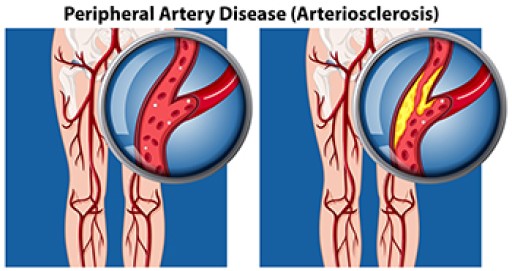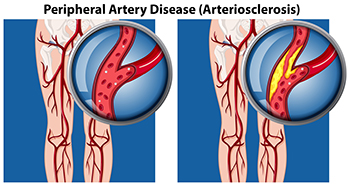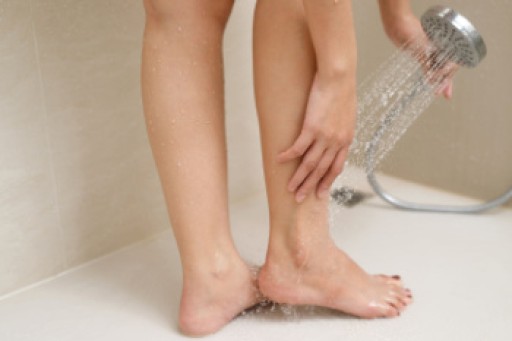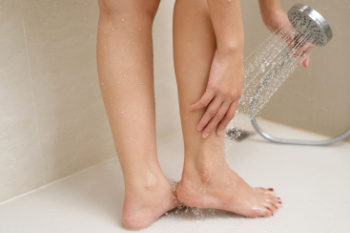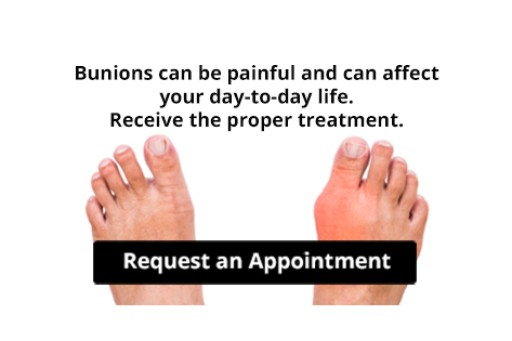
Ballet foot exercises are vital for warming up, enhancing technique, and building foot strength. Begin with simple foot stretches to improve flexibility and prepare the muscles for intense activity. Point and flex exercises, where you extend and retract your toes, can help to increase your range of motion and strength. Performing demi-pointe and full-pointe exercises strengthens the foot muscles and improves balance. Additionally, toe rises and relevés, where you lift onto the balls of your feet, contribute to greater control and stability. Incorporating resistance bands into your routine can further enhance strength and flexibility. If you have developed a foot condition from not warming up properly before practicing ballet moves, it is suggested that you confer with a podiatrist who can treat any foot condition, and guide you on practicing correct foot stretches.
Exercising your feet regularly with the proper foot wear is a great way to prevent injuries and build strength. If you have any concerns about your feet, contact one of our podiatrists from Greater Boston Foot Care, PLLC. Our doctors can provide the care you need to keep you pain-free and on your feet.
Exercise for Your Feet
Exercise for your feet can help you gain strength, mobility and flexibility in your feet. They say that strengthening your feet can be just as rewarding as strengthening another part of the body. Your feet are very important, and we often forget about them in our daily tasks. But it is because of our feet that are we able to get going and do what we need to. For those of us fortunate enough to not have any foot problems, it is an important gesture to take care of them to ensure good health in the long run.
Some foot health exercises can include ankle pumps, tip-toeing, toe rises, lifting off the floor doing reps and sets, and flexing the toes. It is best to speak with Our doctors to determine an appropriate regimen for your needs. Everyone’s needs and bodies are different, and the activities required to maintain strength in the feet vary from individual to individual.
Once you get into a routine of doing regular exercise, you may notice a difference in your feet and how strong they may become.
If you have any questions, please feel free to contact our office located in Plymouth, MA . We offer the newest diagnostic and treatment technologies for all your foot care needs.

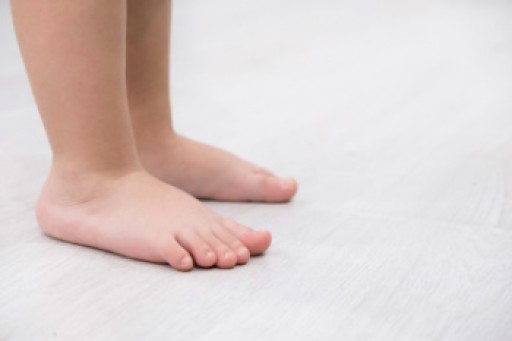
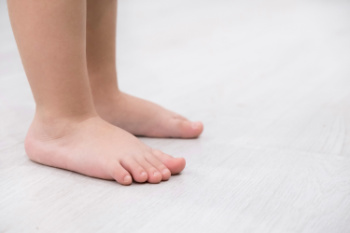
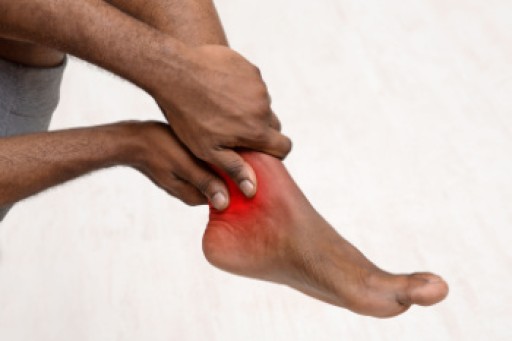
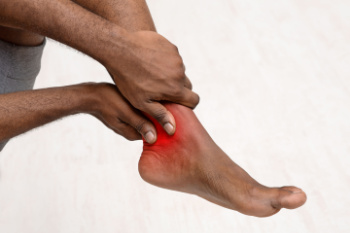 Juvenile arthritis,
Juvenile arthritis,